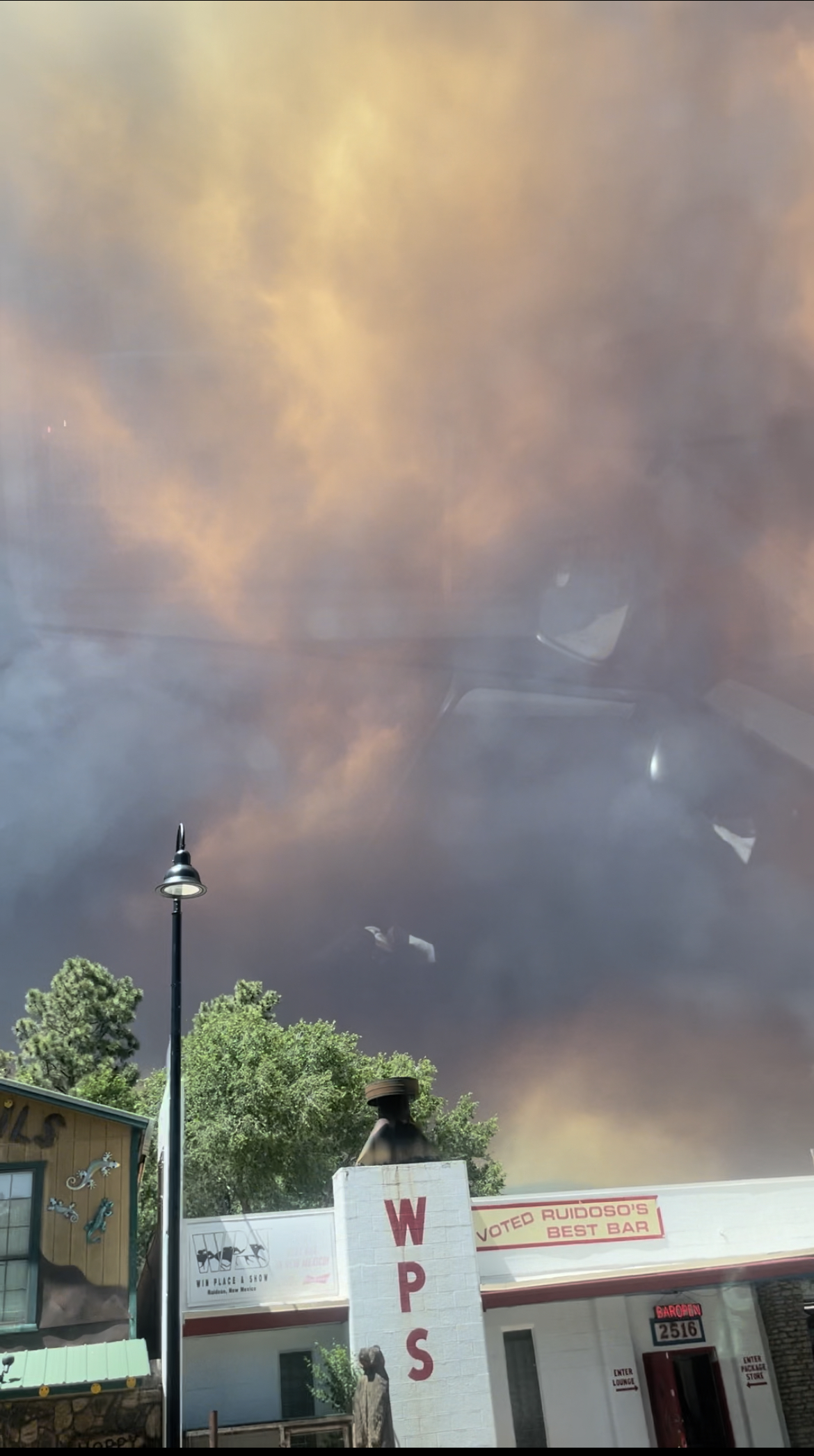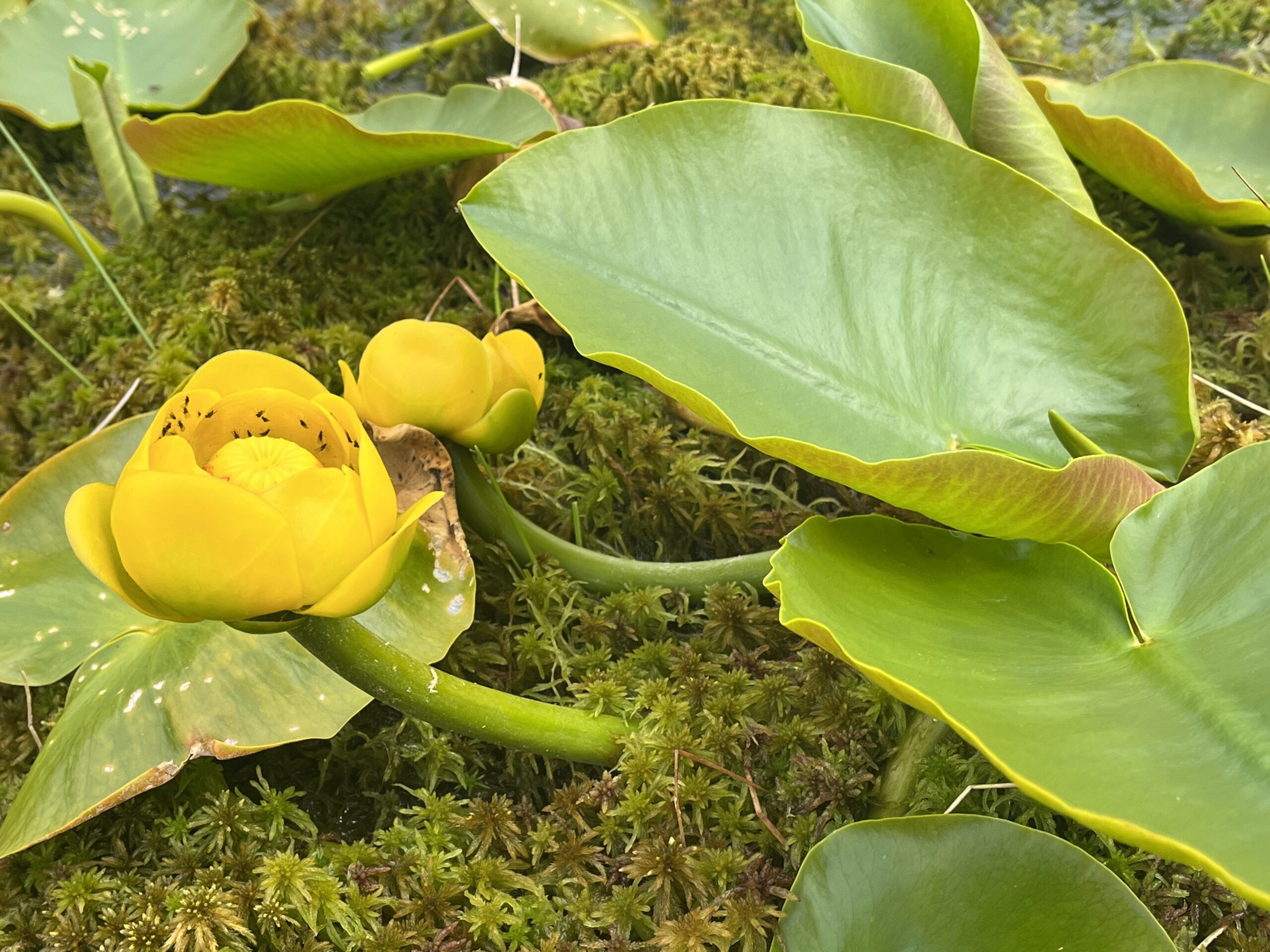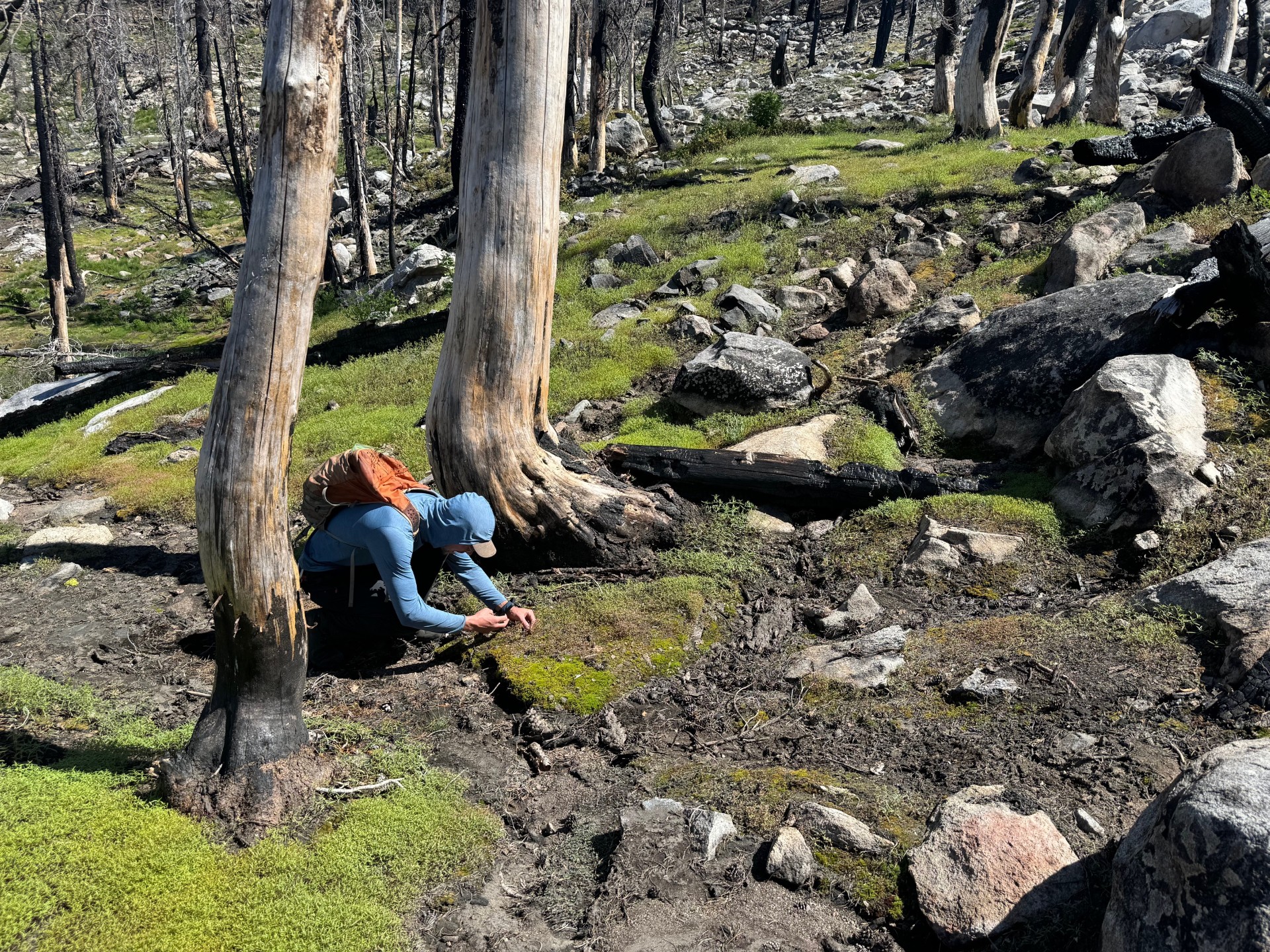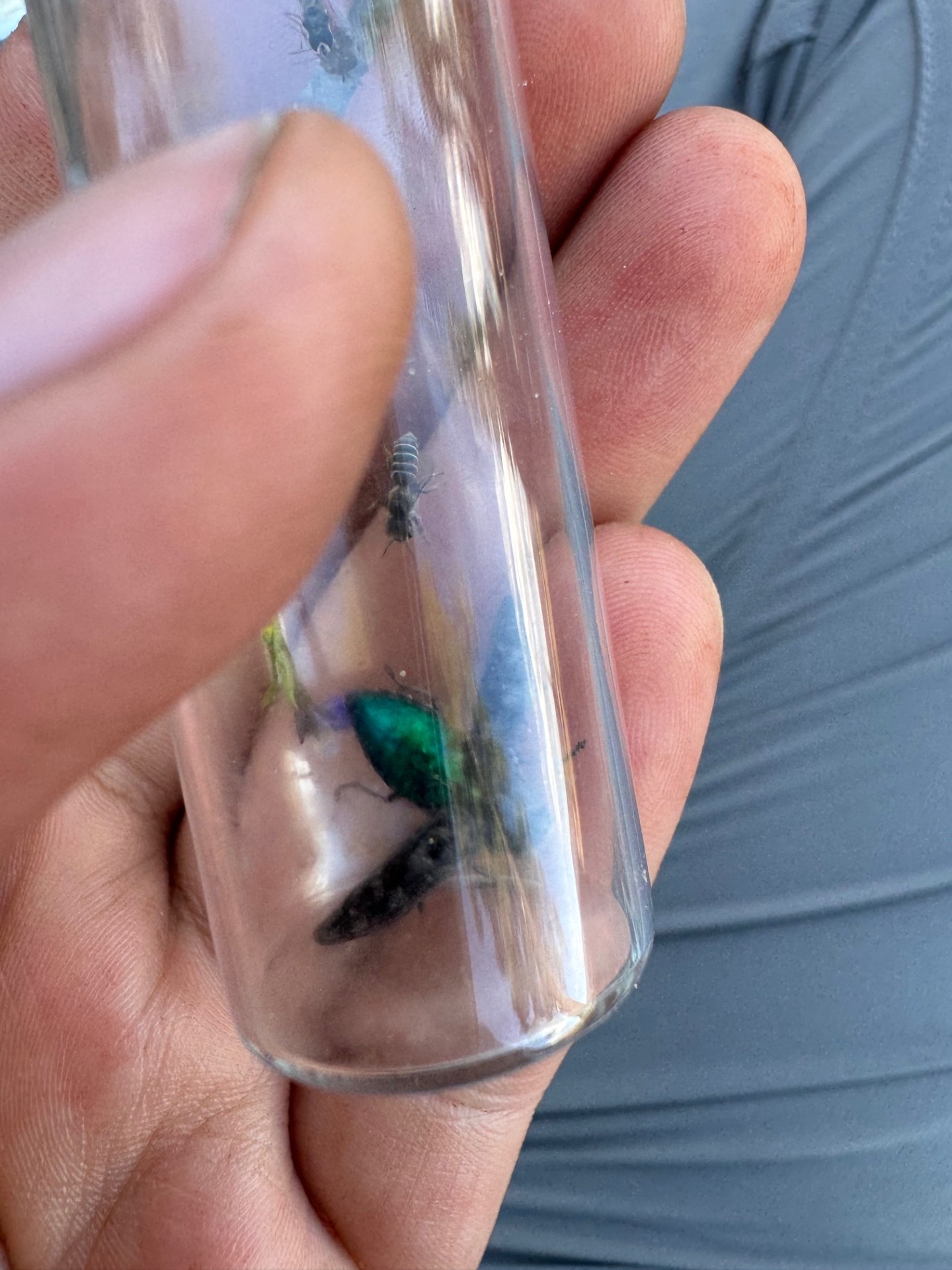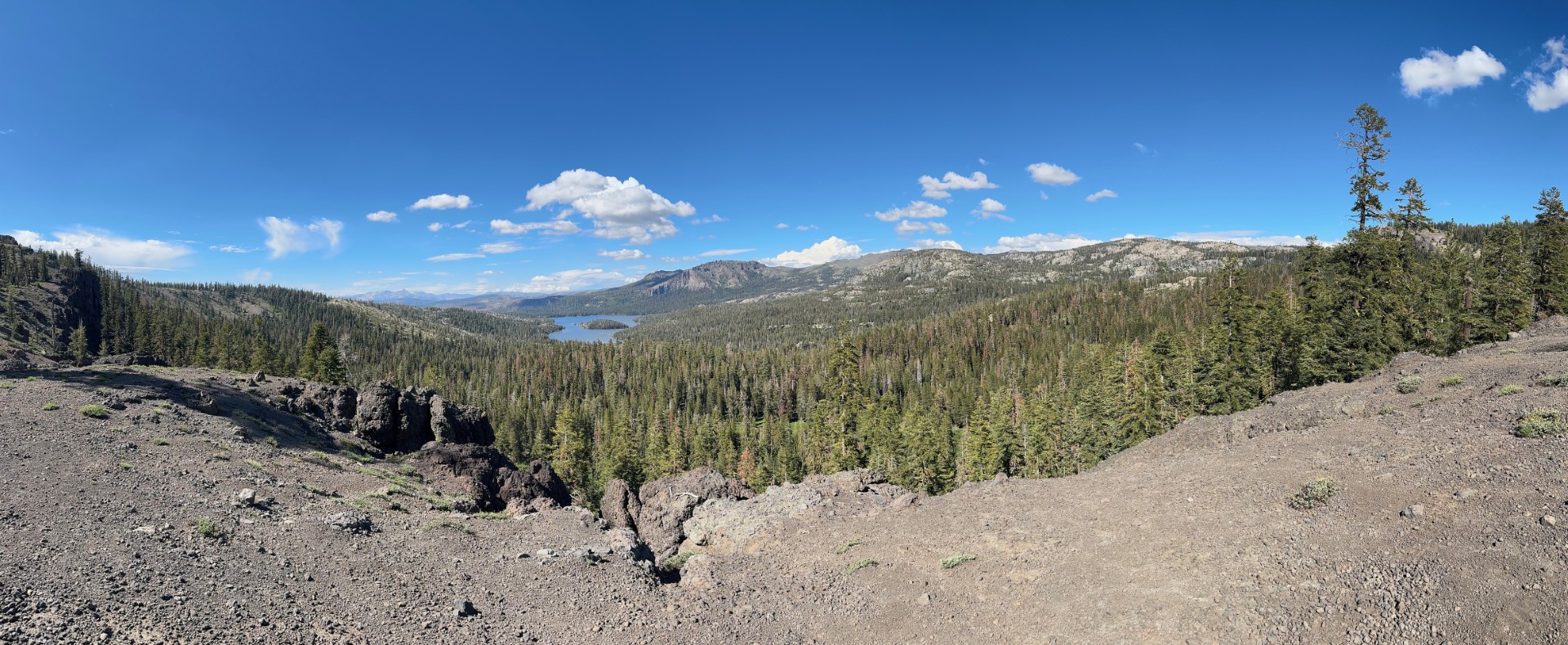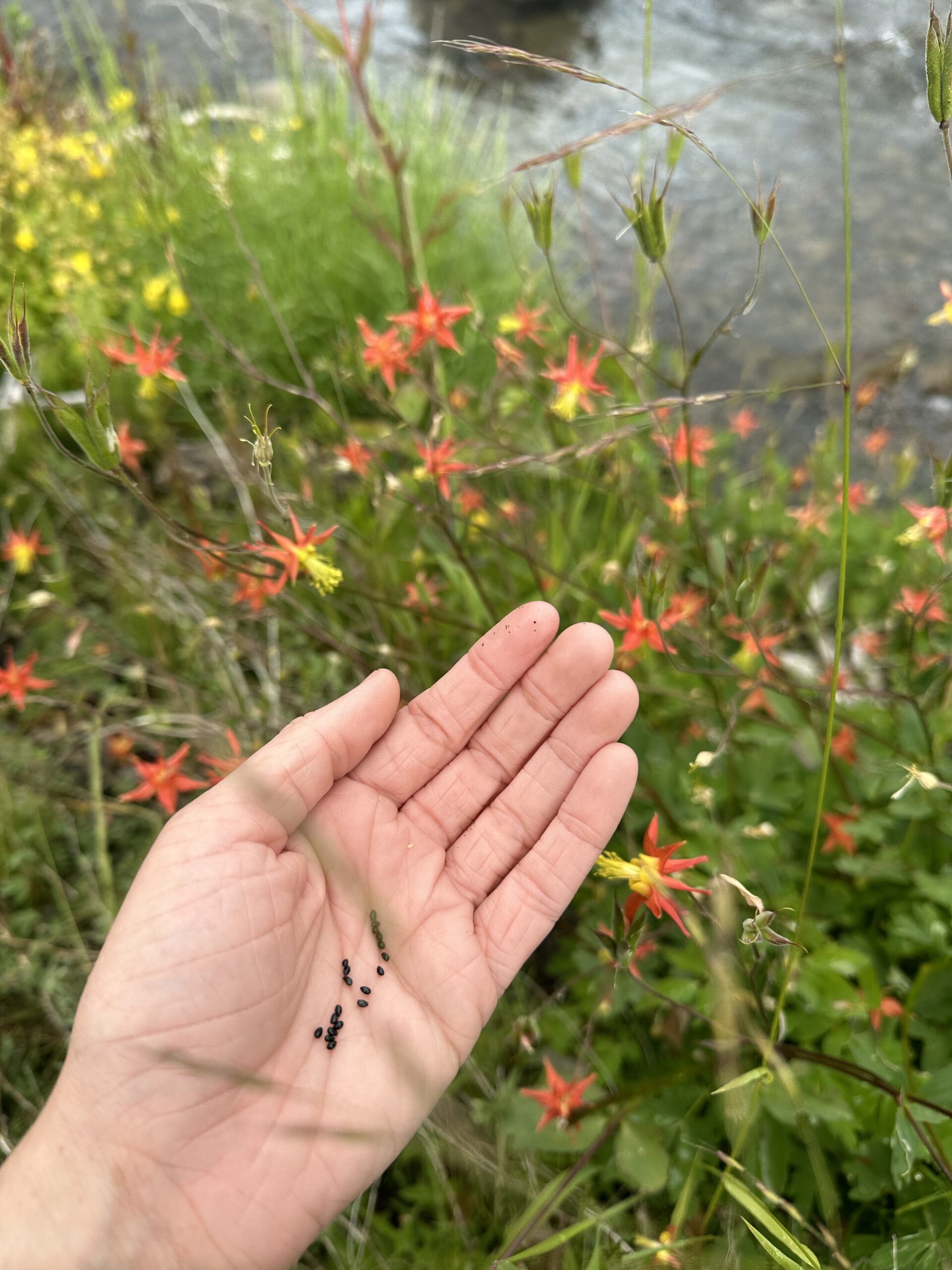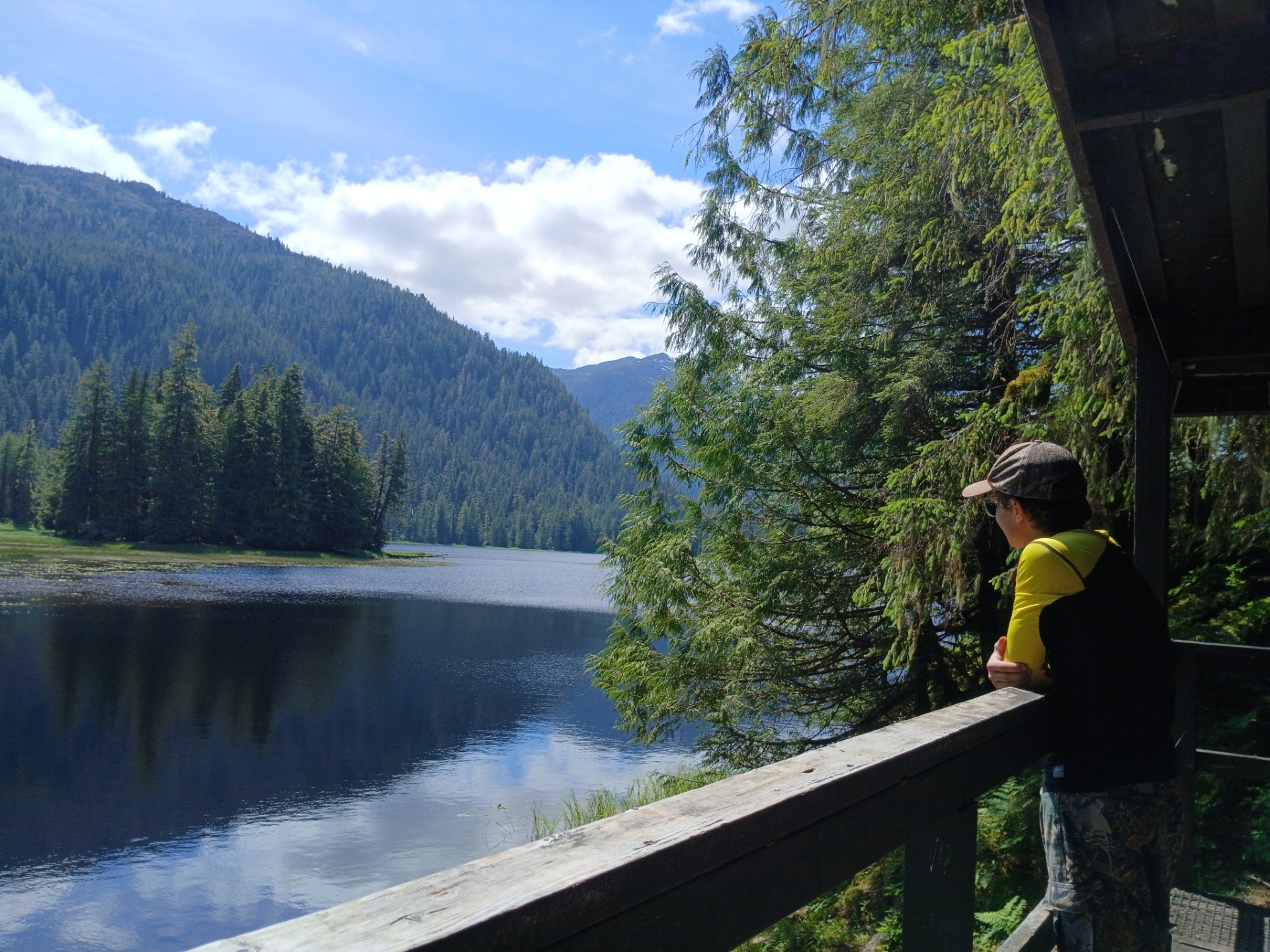My journey to the Umpqua National Forest began in Tucson, Arizona, just as summer temperatures were beginning to soar above 100°F—truly perfect timing. As I traversed through Nevada, the landscape stretched out into endless desert, a stark contrast to the lush greenery that awaited me in northern California and Oregon. Having lived my entire life amidst the color palette of earthy reds, oranges, and browns of southern Arizona, the sudden transition to Oregon’s verdant scenery felt like stepping into another world entirely. Towering trees and dense foliage surrounded me upon my arrival, hiding rivers, lakes, and waterfalls within their depths. Mosses, ferns, and wildflowers thrive beneath the canopy, painting the forest floor with bursts of color.
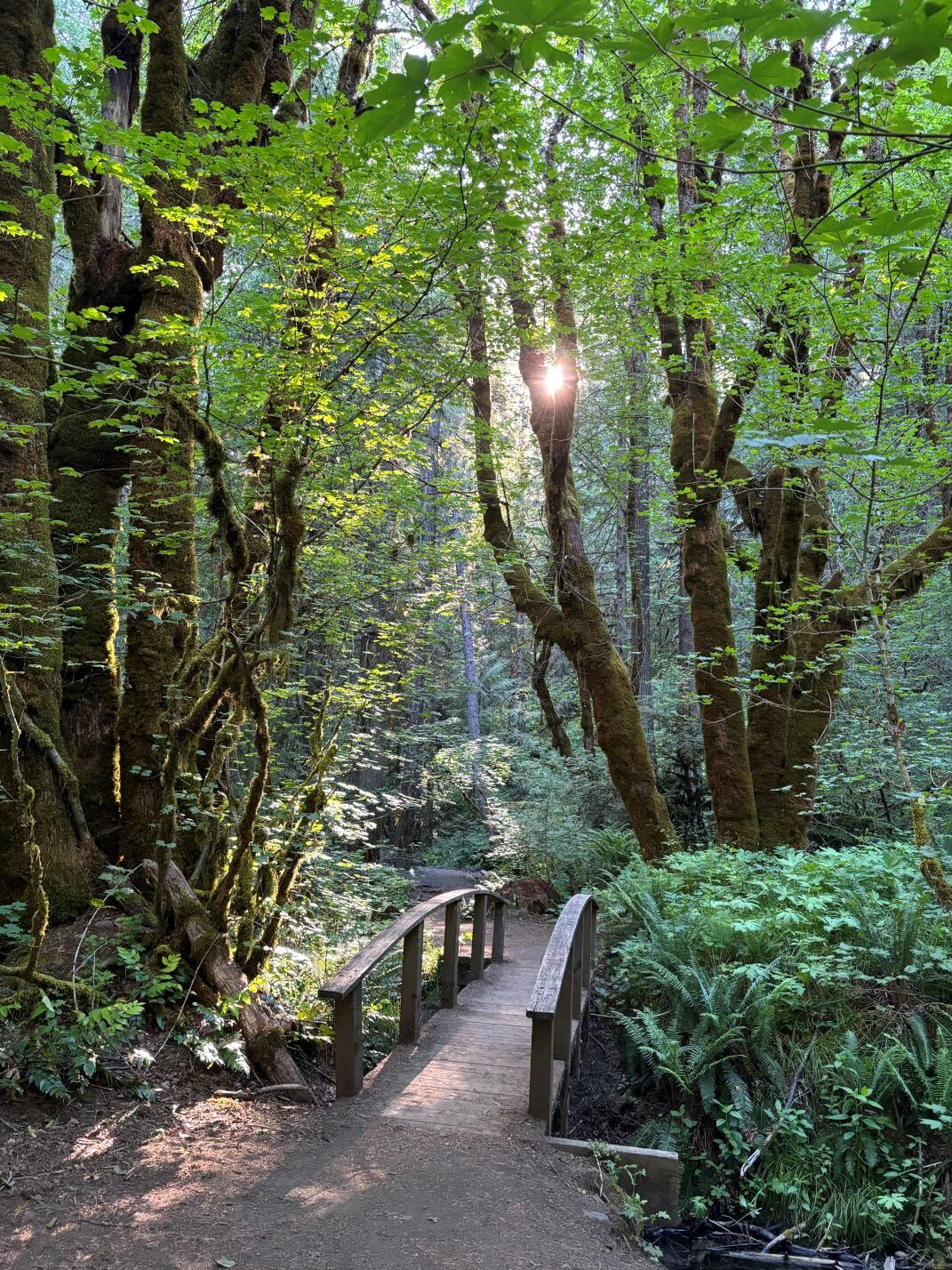
My experience thus far working in the Umpqua National Forest has been both magical and educational. Coming into this internship with limited knowledge of plant physiology and identification, I initially felt a bit nervous. However, any uncertainty quickly dissipated when I met my coworkers and incredible supervisor. Working alongside such kind and knowledgeable botanists who patiently answer my questions has not only allowed me to learn a wealth of new information in just two weeks but has also been an absolute delight. The sense of community and welcoming atmosphere here is truly remarkable. I deeply appreciate the effort they put into planning group gatherings and events, especially for those of us who are far from home and may feel a bit lonely during this internship.
During my short time here, I’ve learned to identify numerous native species that call this forest home, some of which we will later collect seeds from. I’ve also been sharpening my hiking, navigation, and mapping skills. Furthermore, I’ve been gaining valuable experience in restoration work, including identifying and properly removing invasive species.
In the past few weeks, I’ve seen some of the most breathtaking sights and more stunning wildflowers and vegetation than I have in my entire life. It’s still surreal to me that I get to spend my summer in this beautiful place, and I’m eagerly looking forward to embarking on new adventures and absorbing more knowledge each day!




















